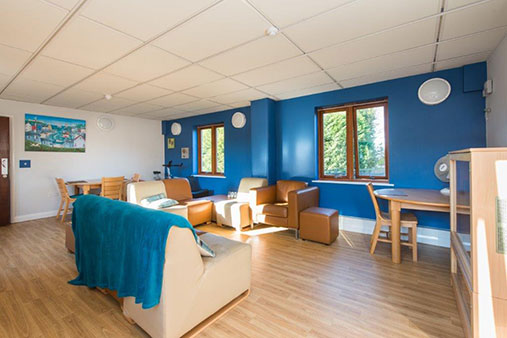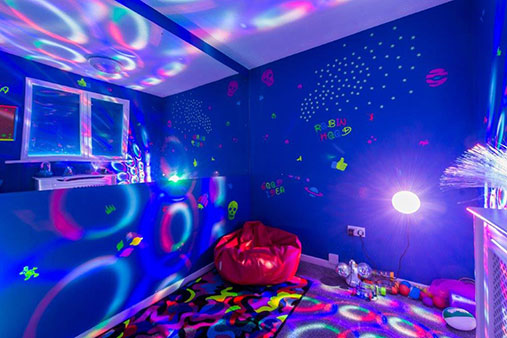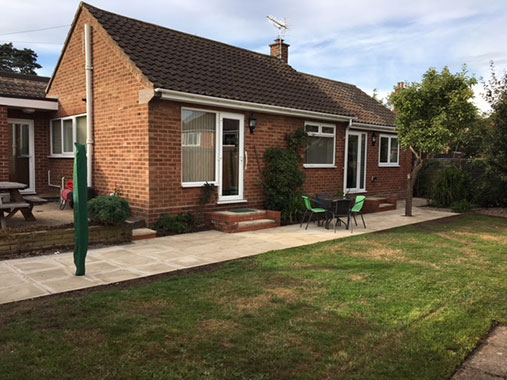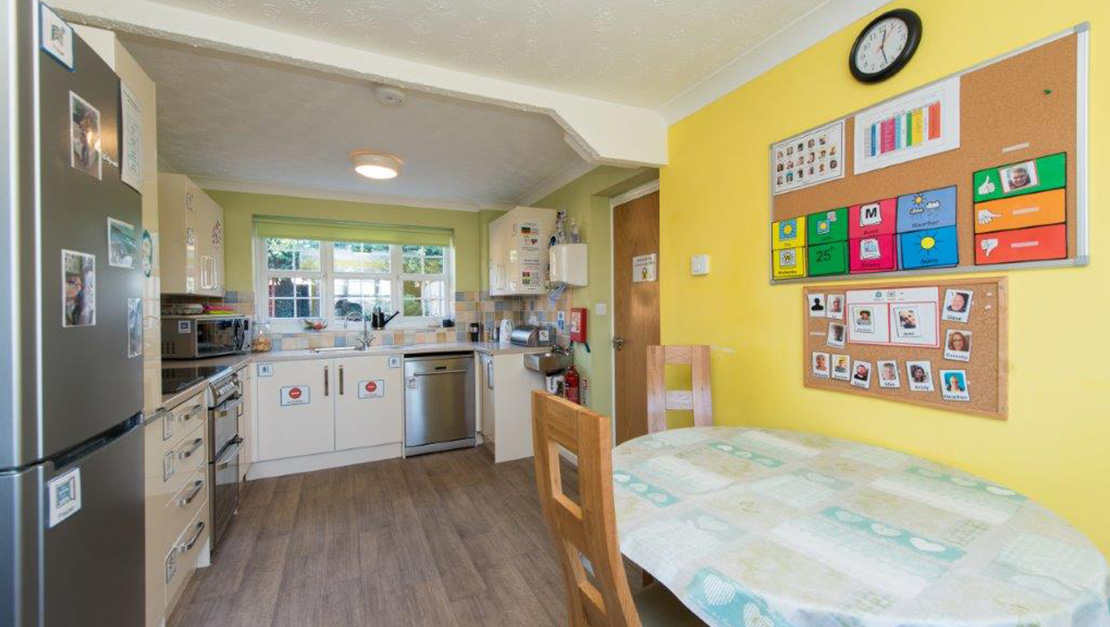Over the years in which I have worked with children and adults with autism there has been a change in attitude and awareness of the Autism Spectrum Disorder. When I started out in the late ‘70s people with autism and learning difficulties who needed care outside of their families tended to live in large generic learning disability homes. There was a complete lack of awareness then about the environmental effect on people with autism. Generally, we are now much better informed by research. We have learned that the sensory environment is vital and needs to be autism-friendly, how the home feels, looks, sounds, smells and functions will influence a person’s day to day quality of life.
But the concept of designing for autism could also be taken too far to the detriment of the individual needs of each person. Every person with autism will experience the characteristics of the disorder with varying degrees of difficulty. Many may also have a range of other complex needs such as epilepsy, sleep disorders, ADHD and learning difficulties which all need to be taken into account in home design.
At Fairmont we have taken on board the general principles from research, we know controlling acoustics such as noise, echo and reverberation helps the person with autism. Escape space for any overstimulation in the shared environment is also vital. All of our homes have safe garden space and some of our service users have their own ‘den area’ or sensory room providing alternative personal quiet space other than their bedroom.
As we have developed more homes we have been able to get to know the individual needs of the person with autism who will live there. We now have a general research backed specification which is autism friendly for all our homes, but we then ensure we also meet the person specific needs and preferences.
If you would like to find out more about our homes, please take a look at our website and follow us on Facebook.



